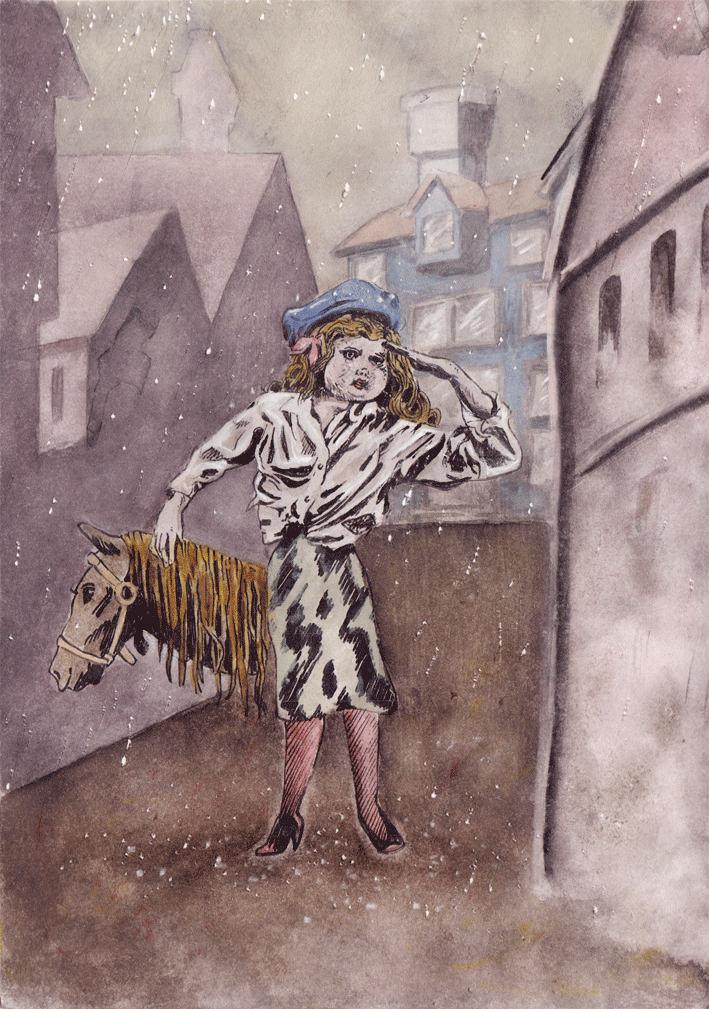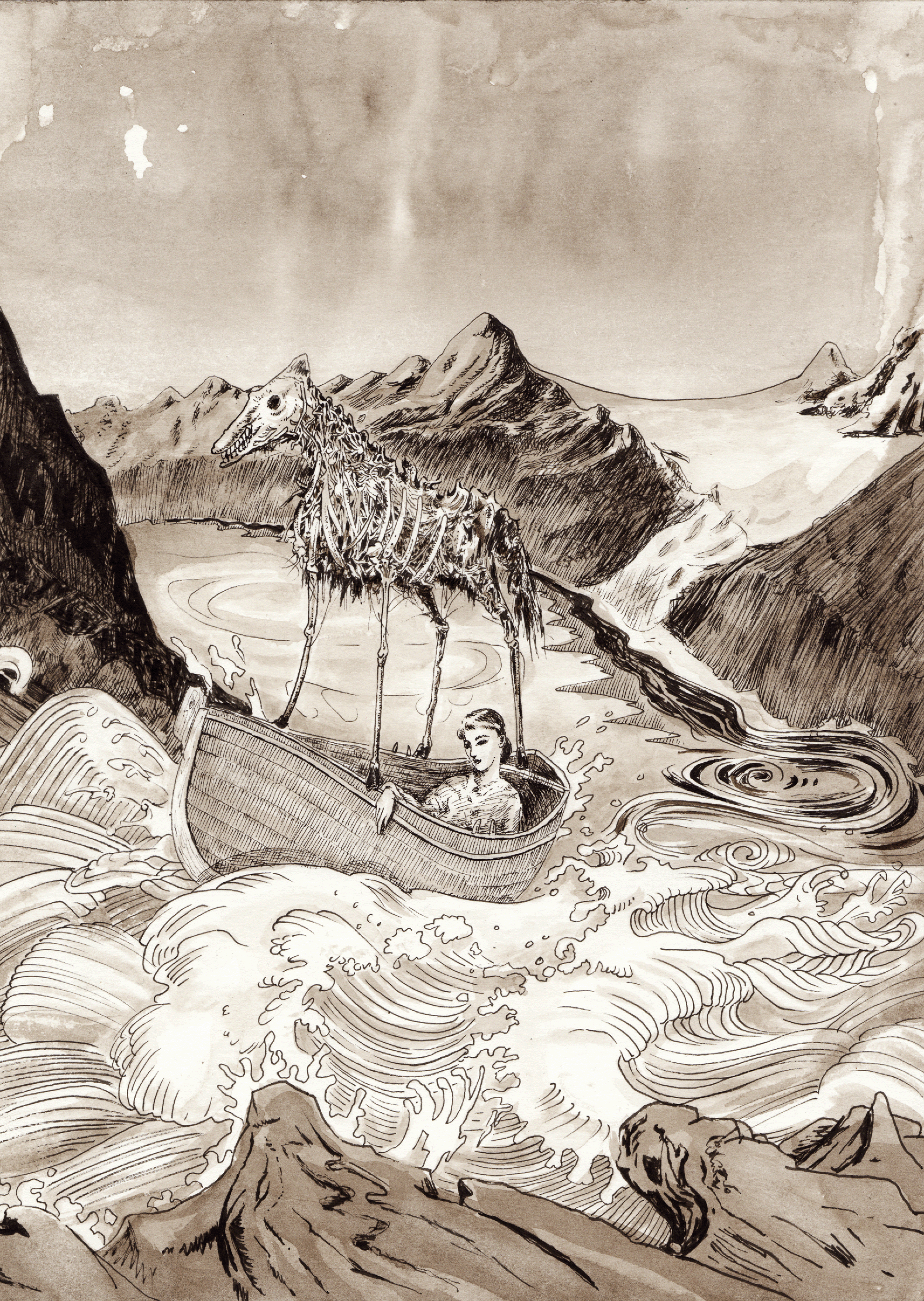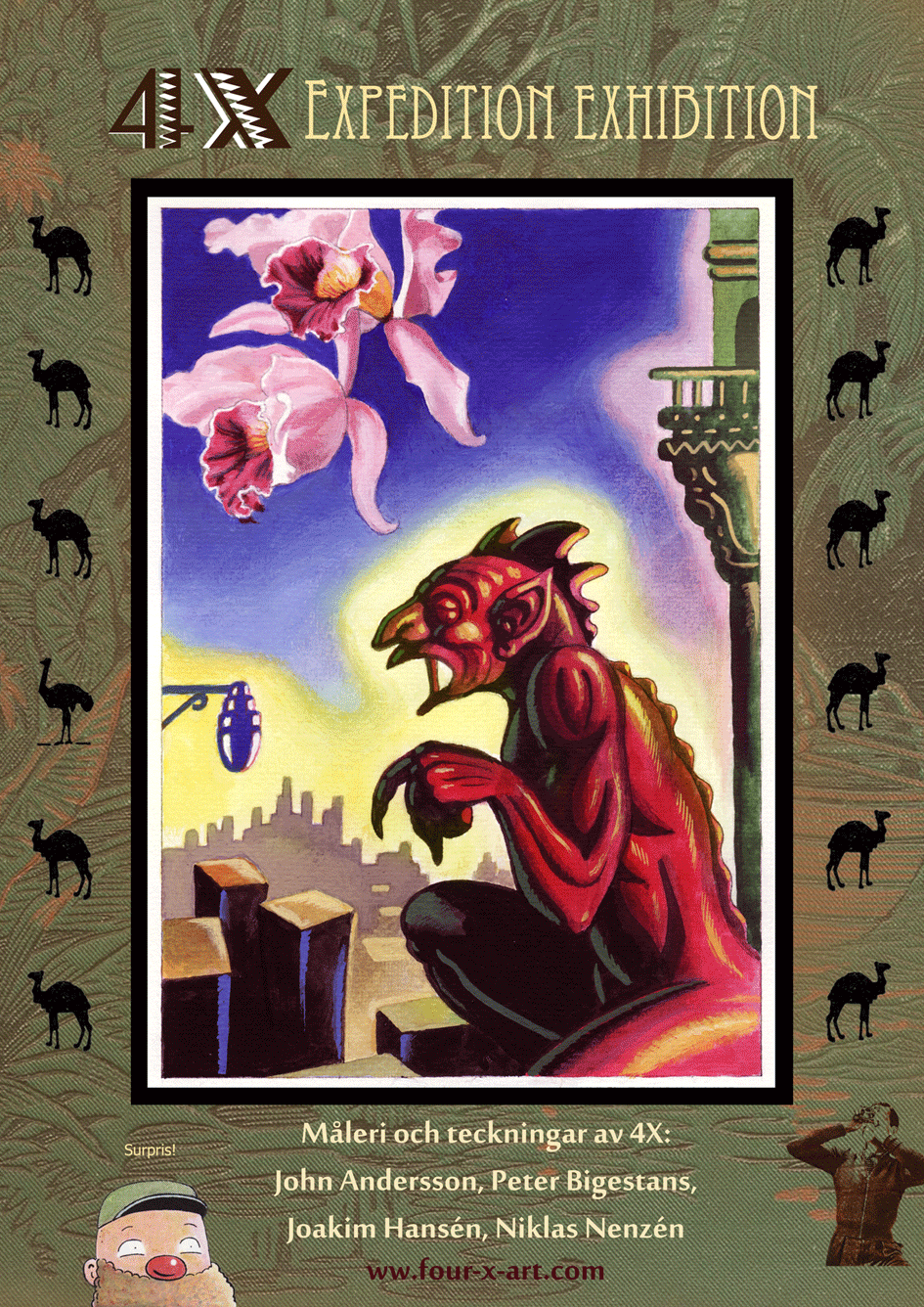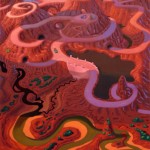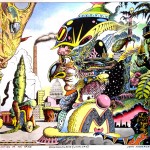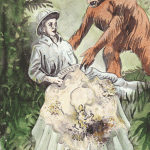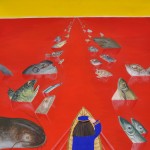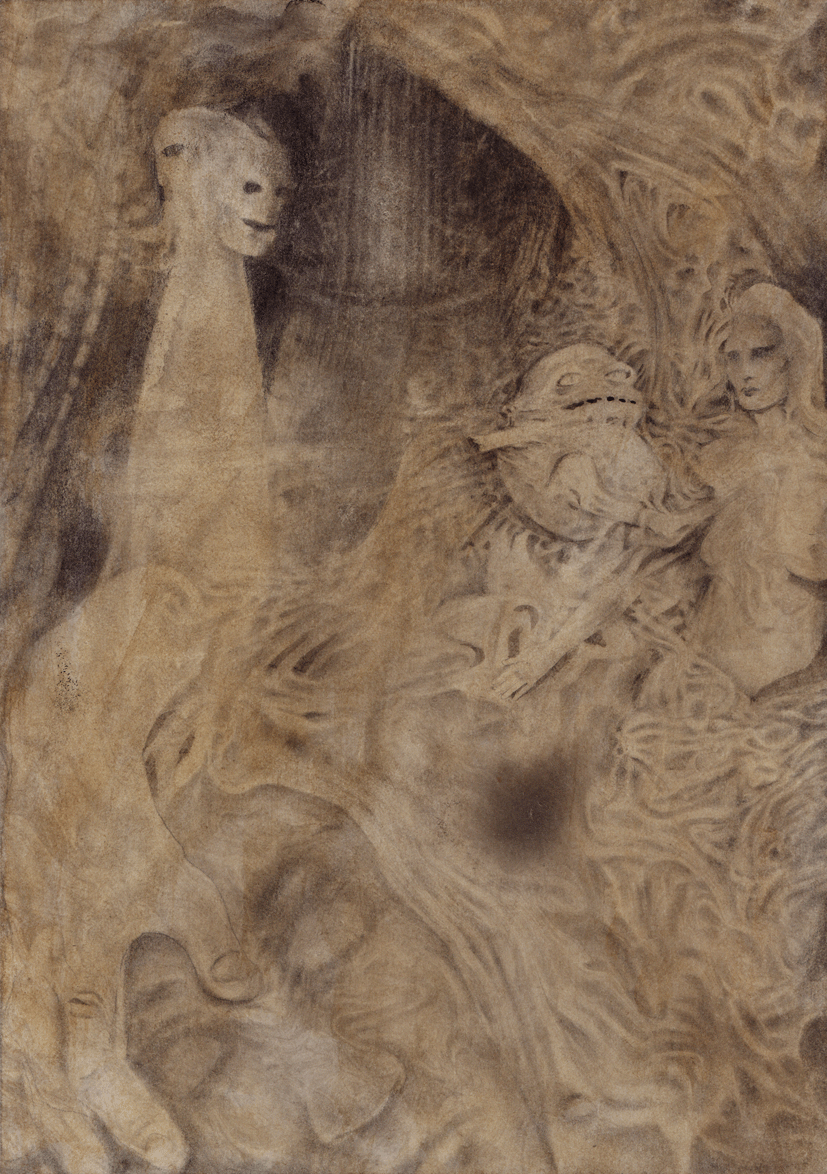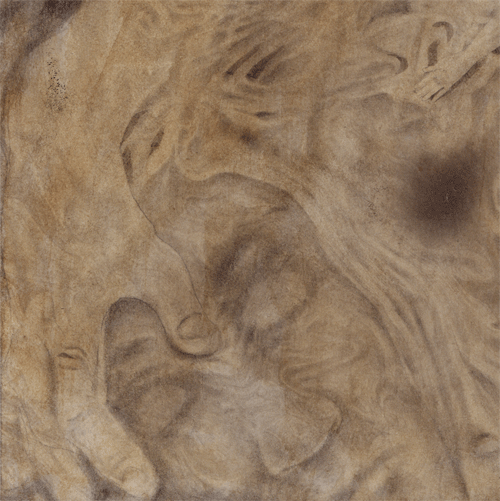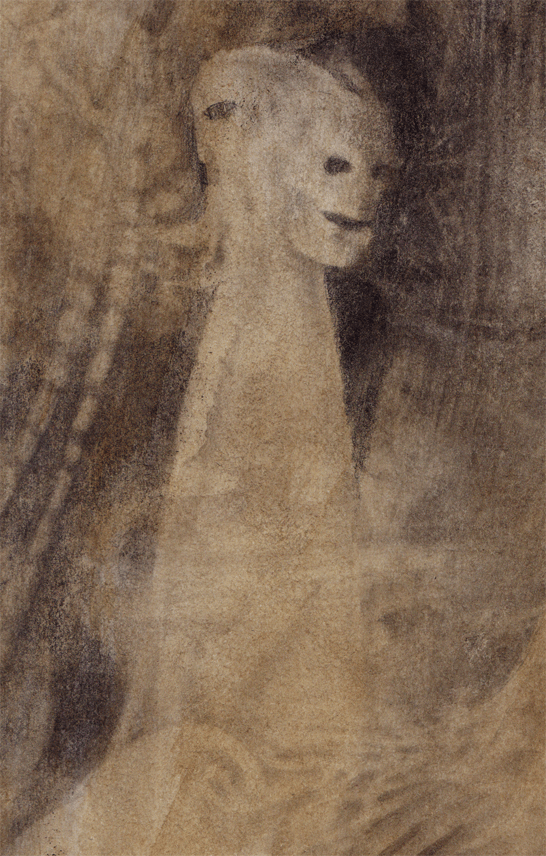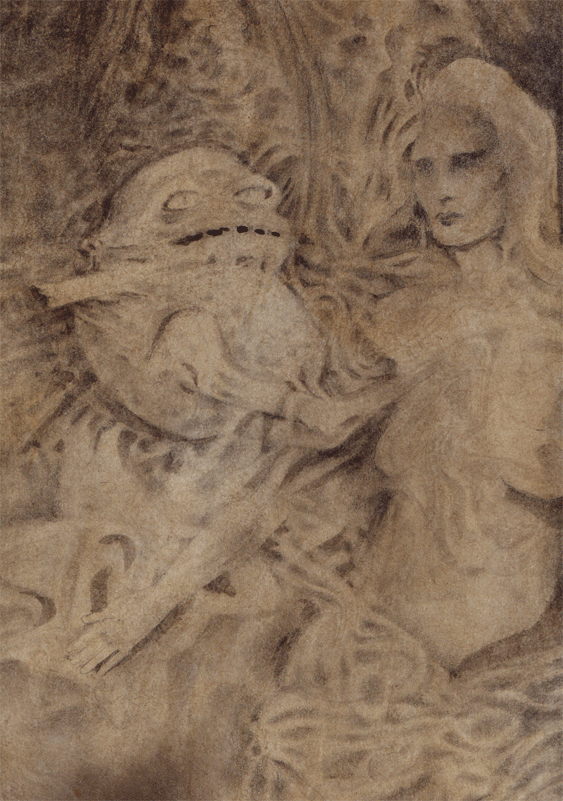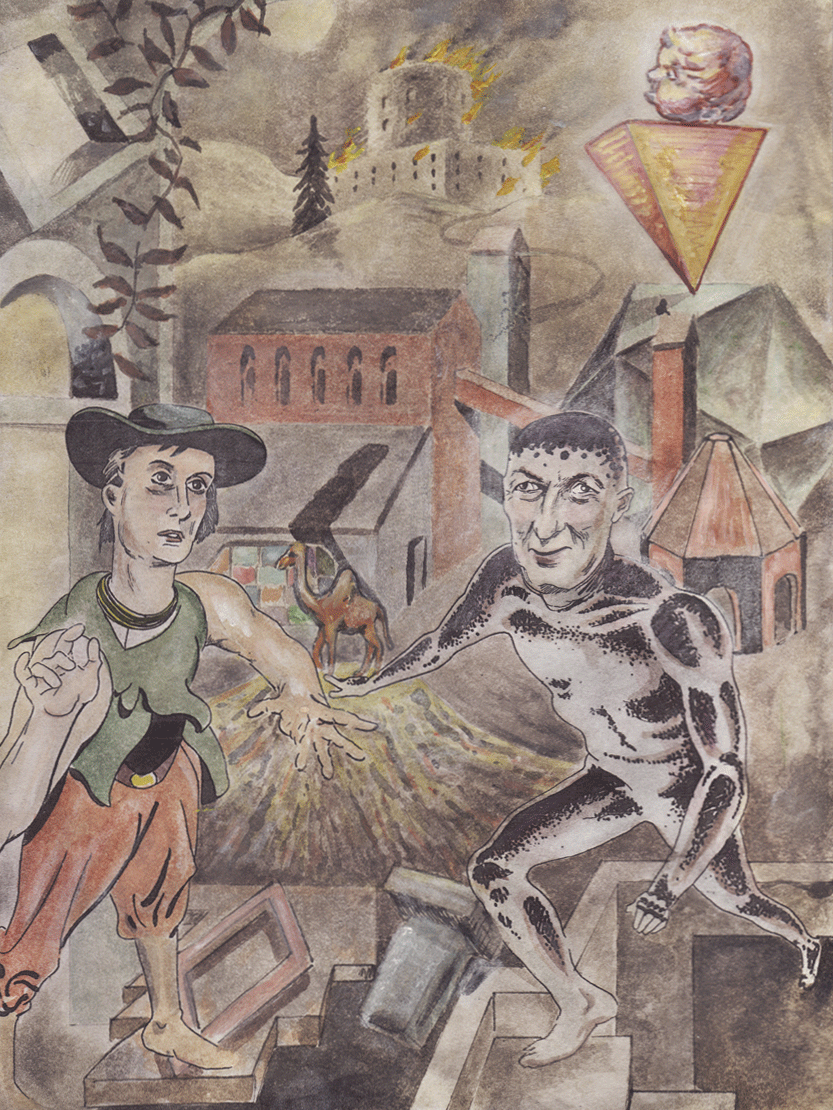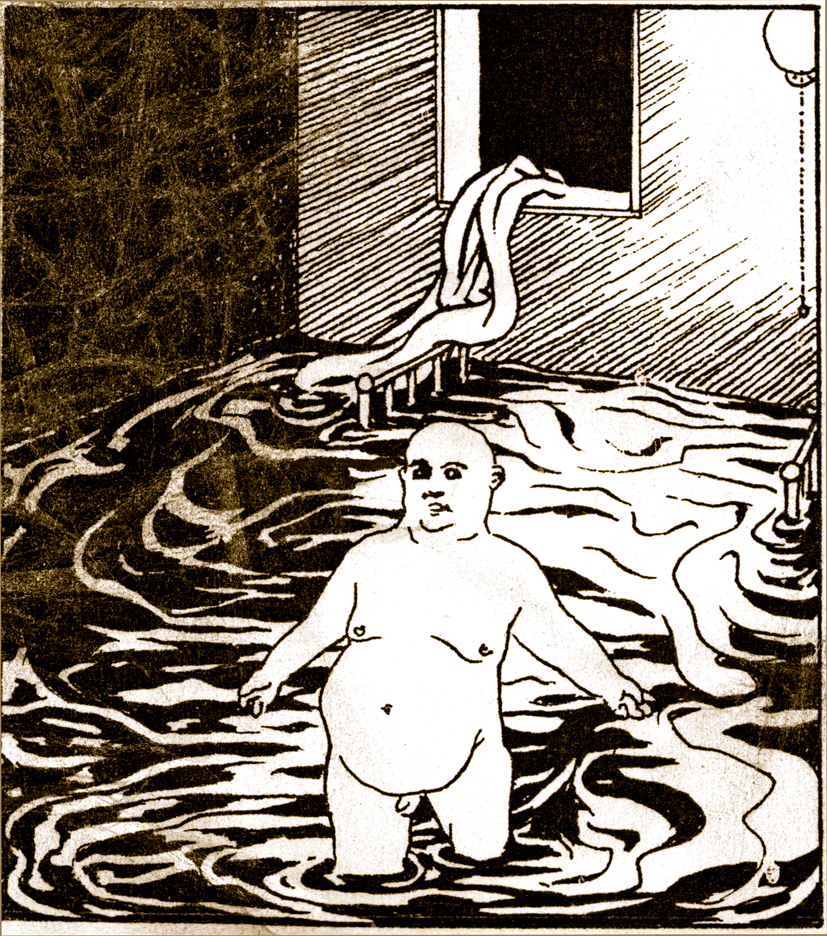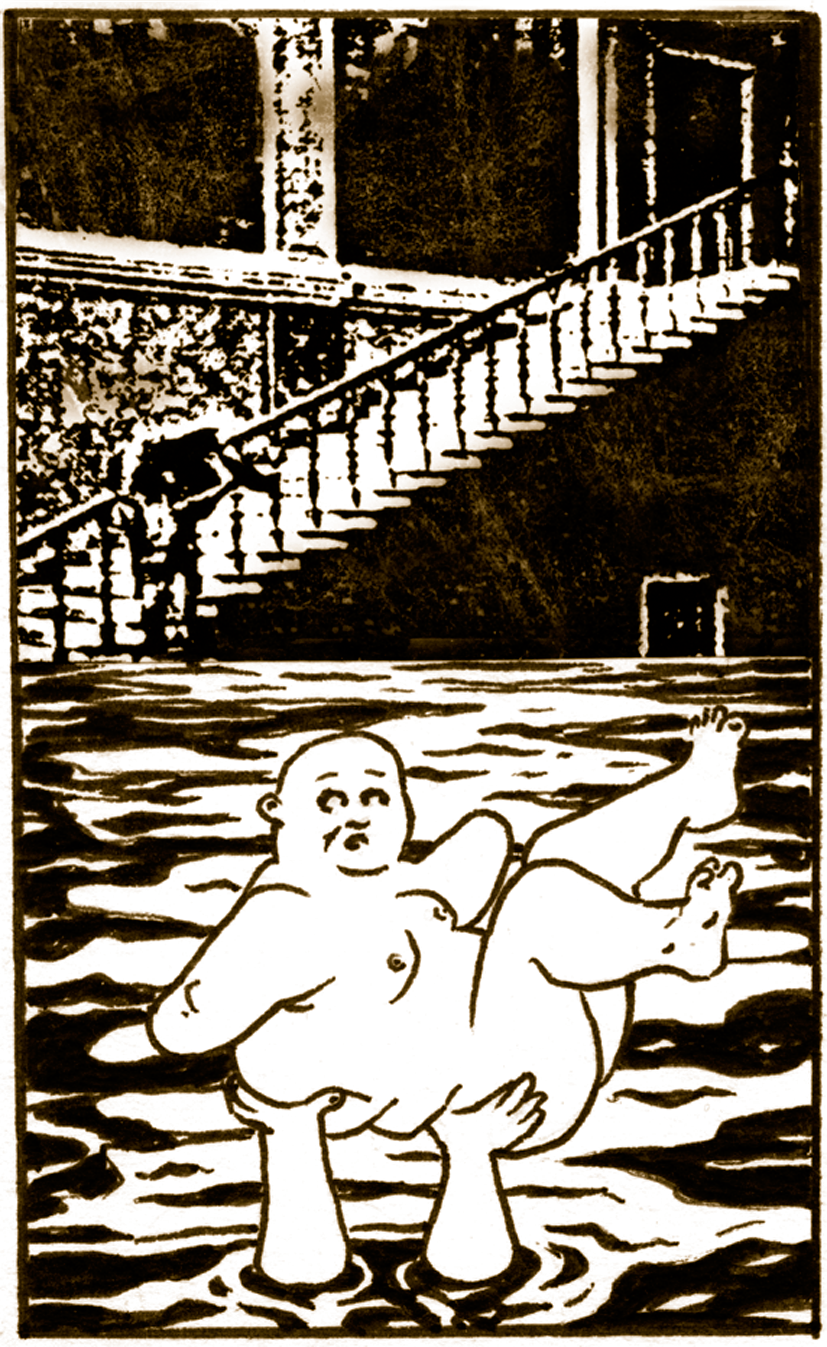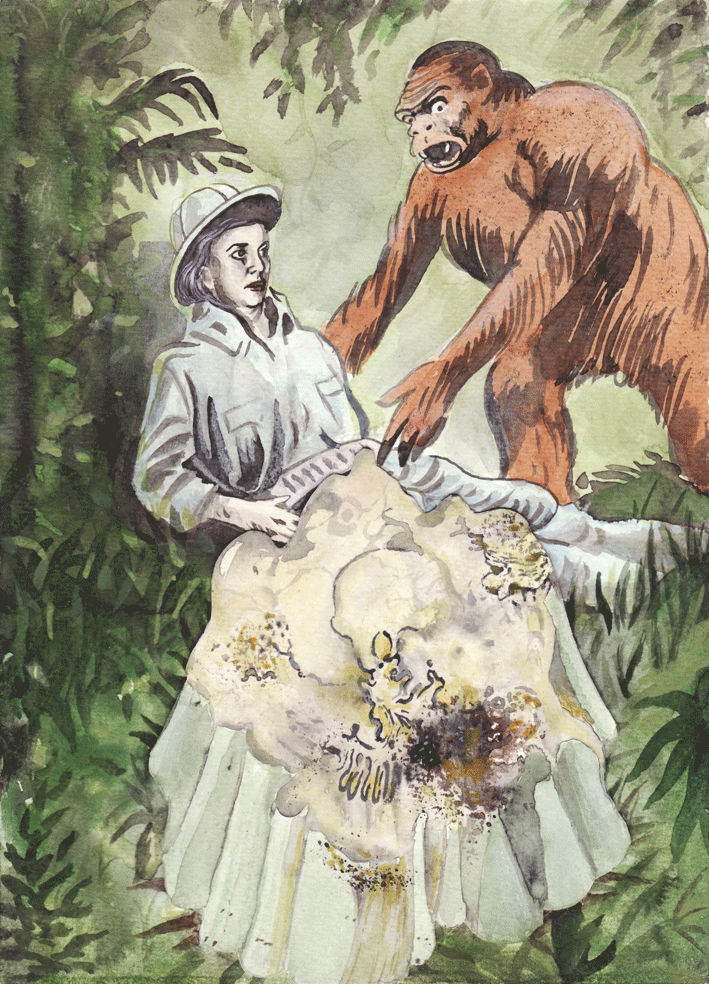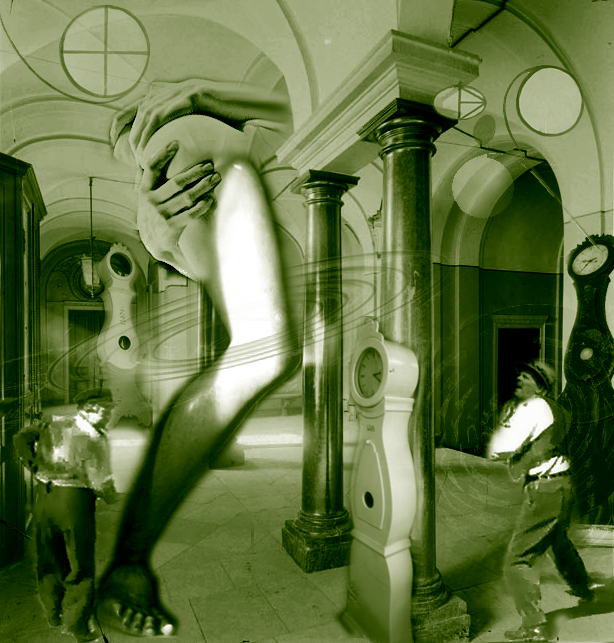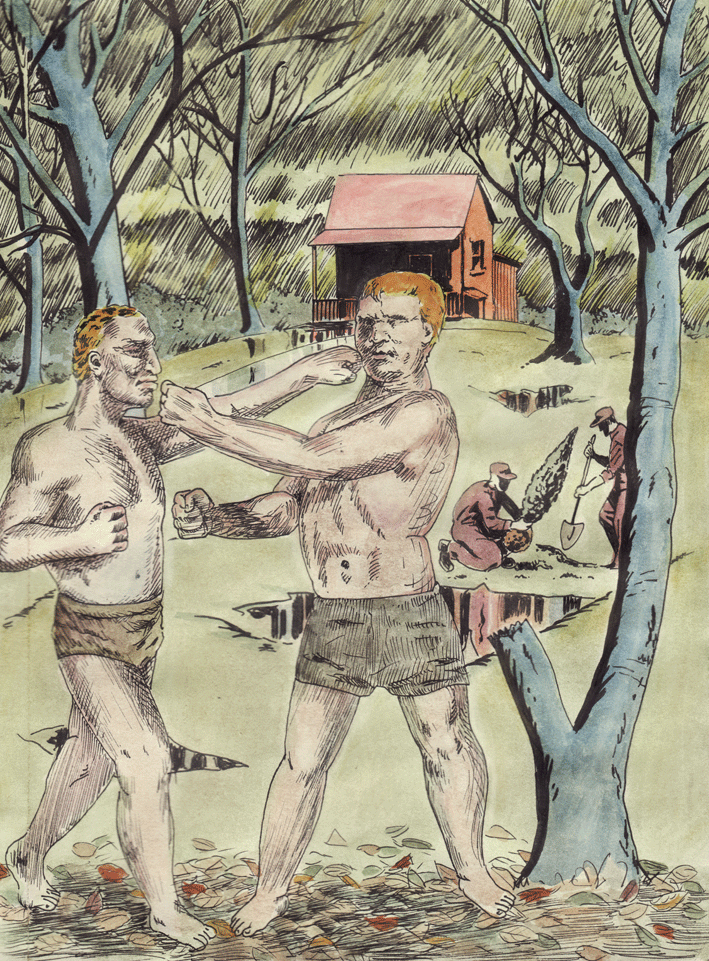Artist´s book release [2015]
BARBARER SIMULERAR SAMSPRÅK
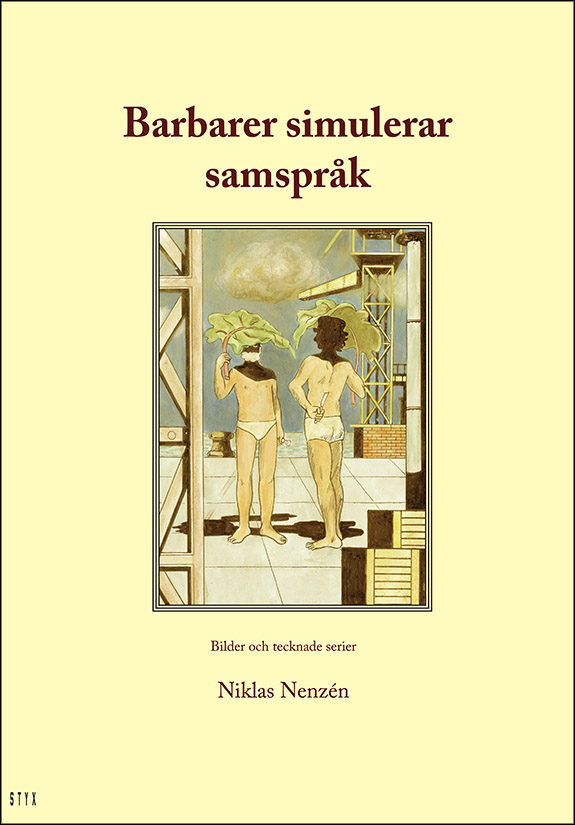
(Barbarians simulating conversation)Publisher: Styx förlag. Format: 210 x 287 mm, paperback, 140 pages.
Contents:
First part – 30 colour images by Niklas Nenzén, accompanied by texts from Dhmnpss Aeouy, John Andersson, Christian Andersson, Helena Boberg, Kenneth Cox, Christofer Dahlby, Karl Eklund, Kim Fagerstam, Merl Fluin, Mattias Forshage, Bill Howe, Robert Lindroth, C M Lundberg, Emma Lundenmark, Maja Lundgren, Matti Steiger Lundmark, Niklas Nenzén, Kristoffer Noheden, Gabriella Novak, Eva Kristina Olsson, Ika Österblad.
Second part – Three b/w comics; Jordens leende, Skuggan and En reserverad plats.
-
Recent posts
Archive
- januari 2025 (1)
- juli 2024 (2)
- mars 2024 (1)
- januari 2024 (1)
- september 2023 (2)
- augusti 2023 (1)
- juli 2023 (1)
- mars 2023 (1)
- november 2022 (1)
- augusti 2022 (1)
- juli 2022 (1)
- april 2022 (1)
- december 2021 (1)
- september 2021 (1)
- augusti 2020 (1)
- maj 2020 (2)
- april 2020 (1)
- mars 2020 (1)
- oktober 2019 (1)
- juli 2019 (2)
- juni 2019 (3)
- maj 2019 (1)
- april 2019 (1)
- mars 2019 (2)
- februari 2019 (2)
- januari 2019 (1)
- november 2018 (1)
- september 2018 (1)
- augusti 2018 (1)
- juli 2018 (2)
- juni 2018 (1)
- maj 2018 (1)
- april 2018 (1)
- mars 2018 (2)
- januari 2018 (1)
- december 2017 (1)
- november 2017 (1)
- oktober 2017 (1)
- juli 2017 (2)
- maj 2017 (1)
- april 2017 (1)
- februari 2017 (2)
- november 2016 (1)
- oktober 2016 (1)
- september 2016 (1)
- augusti 2016 (1)
- juli 2016 (2)
- juni 2016 (5)
- maj 2016 (1)
- mars 2016 (1)
- februari 2016 (3)
- januari 2016 (2)
- december 2015 (2)
- november 2015 (3)
- oktober 2015 (4)
- september 2015 (2)
- augusti 2015 (1)
- juli 2015 (1)
- juni 2015 (1)
- maj 2015 (1)
- april 2015 (4)
- mars 2015 (3)
- februari 2015 (6)
- januari 2015 (1)
- december 2014 (2)
- november 2014 (3)
- oktober 2014 (3)
- september 2014 (1)
- augusti 2014 (1)
- juli 2014 (4)
- juni 2014 (4)
- maj 2014 (1)
- april 2014 (2)
- mars 2014 (2)
- februari 2014 (4)
- januari 2014 (6)
- december 2013 (3)
- november 2013 (4)
- september 2013 (1)
- augusti 2013 (3)
- juli 2013 (2)
- juni 2013 (4)
- maj 2013 (6)
- april 2013 (5)
- mars 2013 (6)
- januari 2013 (1)
Categories
Friends and inspiration
A Fiery Flying Roll
A Little World Made Cunningly – Scott David Finch
Aleksandar Zograf
Allan Friis
Athens Surrealist Group
Bill Howe
Biografier åt okrossbara hälleflundror
Bureau of Surrealist Ethnology
C. M. Lundberg
Chicago Surrealist Group
Christofer Dahlby
Cormorant Council
Emelie Östergren
Fletcher Hanks
Furunkelskogen
Gabriella Novak
Gomfilm
Gorgon in Furs
Head Louse Press
Hymenopteron & the Charlatans of Gravity
Icecrawler/Heelwalker
Ika Österblad
Joakim Hansén
Kenneth Cox
Kommunicerande Karl
Linda Lysell
London Surrealist Group
Masks of Origin
Matti Steiger Lundmark
Paris Surrealist Group
Patrick Hourihan
Prague Surrealist Group
Professor Hoffmans Promenader
Revolutionary Picture Book
Riyota Kasamatsu (Muon myspace)
Rudolf Steiner Archive
Sphinx Förlag
Styx Förlag
Stuart Inman
Surreal Coconut
The Alchemy Web Site
Terrestrial Cephalopod
The Robber Bridegroom
The Tinkering Machine
The Woodring Monitor
Zoe in Wonderland
Öyvind Fahlström
Meta
Group exhibition: Perma Kultur, June 6 – 13
NATIONALGALLERIET
Vernissage 6 juni kl.13.00 – late
Publicerat i Exhibitions
1 kommentar
Exhibition May 25-26 2013
4x present Expedition Exhibition, paintings and drawings by 4X
Exhibiting with my friends in 4x. Theme: expeditions and imagination. You´re all welcome to the vernissage — it will try to offer stimulation to the ears and the mouth as well as for the eyes. Performers are not yet announced. UPDATE: On Saturday, after the opening a lecture on the epistemological and poetic nature of research expeditions will be held by Mattias Forshage. After that we will get to hear poems / recollections / notes on the silky fur of the llama by Emma Lundenmark. John Andersson made the painting for the poster.
Atelier Petrejus, Kvarteret Spindeln
Petrejusvägen 34
T-bana Hammarbyhöjden
Vernissage: Saturday May 25 12.00 – 18.00
Also open 12.00 – 16.00
FB
Below: Machine and nature by Joakim Hansén, Munchhausen warlord by John Andersson, Jungle pastry by Niklas Nenzén and Fisherman´s friend by Peter Bigestans.
- Joakim Hansén
- John Andersson
- Niklas Nenzén
- Peter Bigestans
Publicerat i Exhibitions
2 kommentarer
The Receptacle 3
”How should we represent creation or creations? as a process of
transformism taking place in ”matter”?
Creation – or ”creations” – should then be represented not as a process of
transformism taking place in ”matter” in the naively empirical sense of
the word, but rather as an elaboration by the life-principle, that is to
say, something rather like the more or less discontinuous productions of
the imagination: images arise in the soul from a non-formal substance with
no apparent link between them; it is not the images which transform
themselves, it is the animic substance which causes their arising and
creates them. That man should appear to be the logical issue, not indeed
of an evolution, but of a series of ”sketches” more and more centered on
the human form – sketches of which the apes seem to represent disparate
vestiges – this fact, or this hypothesis, in no way signifies that there
is any common measure, thus a kind of psychological continuity, between
man and the anthropomorphic and in some sense ”embryonic” bodies which may
have preceded him. The coming of man is a sudden ”descent” of the Spirit
into a receptacle that is perfect and definitive because it conforms to
the manifestation of the Absolute; the absoluteness of man is like that of
the geometrical point, which, strictly speaking, is quantitatively
unattainable starting from the circumference.”
Frithjof Schuon – Sophia Perennis and the theory of evolution and progress
A suite of lead pencil drawings shown in close-up. This is the third drawing.
Frédéric
Frédéric Magazine is a website dedicated to contemporary drawing. It is updated with new features every week. The artist collective behind the website also do books and exhibitions.
Featured 7th May: Frédéric Nenzén
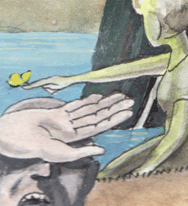
Publicerat i Okategoriserade
Lämna en kommentar
Jungle Pastry
Publicerat i Ink drawings
Lämna en kommentar
The Green Marble Thigh
There´s a fancy auction in the basement of Knohult´s masonic temple, which is located on a hill overlooking the rural village. To descend down the stairs one first have to pass through a large hall which is seemingly used for prayer or for gymnastics, and where gourd painted Mora clocks and other longcase clocks in various forms stand in rows against the walls between tall ogival windows.
Åsa-Nisse and Klabbarparn arrive early. So when the bidding begins they accidentally find themselves at the front, which they regret since the crowd hinders their mobility. As Klabbarparn starts to sweat and throws desperate glances toward the exit, he sees something peculiar. A large woman´s thigh of green marble rises above the crowd with leg and foot pointing down, moves slowly toward the exit door and disappears up the stairs. No glimpse of who carried the thigh.
Nesse and Klabbarparn realize that noone else but them saw the antiquity thief in action. They pave their way through the crowd, hoping to reveal the thief’s identity. But when they come up to the hall they spot no suspects. Just a small dressed up group standing around discussing clocks and a couple of people sitting on a gym bench under a coat rack putting on their boots or waiting for a companion. No green marble thigh in sight. Looking through the hall windows and the door reveals no suspect either. The thief must therefore still be in the room.
Nesse finds an antique umbrella on the floor. The stick and handle is beautifully ornated with golden floral vines. It gives him an idea. He asks for everyone’s attention, holds up the umbrella and asks who’s forgotten it. In his naive way Nesse thinks that the thief might be tempted to betray its thieving identity by lying to grab the umbrella.
– Don´t be silly, says a gentleman in the group with the air of a connoisseur, it’s an alchemical umbrella and it belongs to the lodge. Here! he says and opens up the umbrella.
– Why, it has no fabric, just spokes, says Klabbarparn surprised.
– There shall be a spider’s web there, one that collects the dew, says the gentleman, and points to the empty spaces between the spokes. The umbrella comes to use only at dawn on some particular calendar days when the moon is right.
He returns to the group, where the discussion continues, now on the topic of antique locks. Another gentleman who seems to be a specialist in the subject holds up a hairspring lock, which is dominated by a large spiral torsion mainspring. He inserts a key and turns it around several times and thus winds up the spring. Then he opens the cabinet door of a Mora clock and puts the lock into the hole on the inside of the door and finally pulls out the key. The lock immediately rattles as the spring unwinds.
– Now the lock is firmly put in place, says the specialist. – We lock and unlock the door from the outside with this key, while the spring is wound up anew from within, by the the same key, which is how we can remove the lock. He demonstrates this as well.
Now Nesse gets another bright idea. He sneaks around the room bent forward with one eye closed, inspecting the clock cabinets until he finds what he’s looking for: a door with a spring lock. He pulls the door; yes, it is locked. From inside this large grandfather clock, which is mounted against the wall, a subdued whimpering is heard. Klabbarparn, who quickly grasps the situation, has already found a plank that both of them grab ahold of and without any qualms they use it as a ram to force the cabinet door. Already the second attempt is successful: the door yields and they plunge into the temple´s forgotten secret room, where a scared and confused middle-aged woman is sitting in the dust on the floor, embracing the green marble thigh.
It is the artist and spiritist Hilma af Klint, who begins to explain herself.
– Ze lock in the head!, she says several times, with an upper-class lisp. The swedish word for lock is ”lås”, which due to the lisp is pronounced ”låz”, so that the word can be interpreted as both ”thigh” and ”lock”. When Nesse and Klabbis look bewildered she exclaims:
– The evolution! The evolution! They look even more bewildered, as if they had never heard that word before.
– It haz become a knot in ze world web, holes in ze fishing net, a tangle on the line!
Nesse and Klabbarparn confer.
– Did she insert the lock incorrectly?, wonders Nesse.
– Is she … asks Klabbis, discreetly pointing to his temple.
– A tangle on the line, can a person do time for that?
– Do we still have … (moves his finger across his throat and rolls his eyes) … in Sweden?
Klabbarparn goes to fetch the village constable while Nesse takes a walk arm in arm with the artist while waiting for the law to arrive. He holds her firmly by the arm, but is not sure that he will continue to do so if she wants to flee.
* * *
I had this dream the night following a visit to this spring´s astonishing exhibition ”Hilma af Klint – Abstrakt pionjär” at Moderna muséet in Stockholm. The dream refers to Hilma af Klint´s partly anthroposophical, partly theosophical and partly original ideas of spiritual evolution.
Since the 1980´s Hilma af Klint (1862–1944) has posthumously been made into a pioneer of abstract art by art historians and curators. Although developing her style independently from the modernist art movement , she´s now put into the company of contemporary artists that also were inspired by theosophy, like Kandinsky, Malevich and Mondrian.
She was an educated artist that made conventional paintings for a living, but she never regarded her ”abstract pioneer” artworks as modernist art. She seems to have kept that part of her output totally apart from her conventional painting and did not participate in the art-world of her time. The ideas for her visionary paintings were recieved in mediumistic trance, among a small spiritist group of women called De Fem (The Five) and thus she considered herself an esoteric revelator rather than an artist. Evolution is a theme which informs her imagery and seems to remain throughout the bulk of her extensive artistic output.
Hilma af Klint was a highly systematic thinker. She was also fully aware of how ahead of her time she was in her use of colour and form. She knew that art institutions would not understand her work and also was not interested in the purely aesthetical appreciation. She never lost hope though that a temple dedicated to her large canvases could be established, guaranteeing their physical preservation, availability for spiritual seekers and protected ”against profanation”.
Alas, she didn´t have the means to accomplish such a plan by herself, so the plan was never to be accomplished. Being a member of the anthroposophical society, she hoped that Rudolf Steiner would help her find a proper context in which to show her paintings. Shockingly, at a meeting in her studio at Hamngatan in Stockholm 1908, Steiner disapproved of her ”spiritistic naturalism” but still foresaw that she would be understood in fifty years time. He calculated wrongly in about 20 years due to the prejudices of Moderna museet against women and occultism even in the 1960s.
Hilma af Klint´s works can of course be appreciated purely on aesthethical grounds for her spectacularly original artistic use of colour and form.What I find particularly interesting is that af Klint, as a spiritist with contra-darwinian ideas, continually ties these ideas to concrete physical and bodily processes, that can be easily traced and followed by the spectator´s imaginative particiption, regardless of one´s interest in occult cosmographies. A little bit of cosmography is unavoidable though.
Without having studied af Klint´s theories in detail (she wrote extensive notebooks, but little of her writings are yet published), let me just give one example that me and my accompanying friend observed while visiting the exhibition; some forms and analogies that later made their way into the dream. A central component of her imagery seem to be the lung-pair, which is repeatedly shown in more or less stylized variations.
Sometimes they are depicted with symbolic naturalism as a pair of swans, sensually intertwined or in a dualistic state of separation from or attraction to one another. In some of her more abstract images the swans / lungs can be recognized as geometrical forms that seem to take on a decorative life of their own. They move through mirror-like bifurcations describing a dialectic process of separation and unity throughout a scale of ascending levels. We saw them return as bivalve molluscs and inverted forms. By the method of morphological analogy HaK depicts the timeline of the human organism in a tree-form in a series of particularly beautiful watercolours. Some of these forms I alluded to in the collage above, which I made as an illustration to the dream. The spring or helix of the shells reappear in the spring lock, the scallop shells as the cabinet of a longcase Mora clock, which is situated among other longcase clocks in a temple, as if they were HaK´s paintings in her own dreamt-of temple.
* * *
The main symbol of the dream is the thigh. What is a thigh, symbolically? That is: How does the thigh or femur connect with the rest of the cosmos? It would be one of the two pillars (legs) of the Temple of Man, reasonably.
To steal one leg is to threaten the overall construction – something that HaK dramatically may have been made to feel she was doing while ”stealing the fire” from the anthroposophical temple in Dornach that she used to travel to (she longed for a temple of her own after all). What she threatens is at the same time male dominance, power and regenerative priveleges. During their meeting, Steiner had raised a specific objection against one of her paintings, which he (correctly) interpreted to mean that men and women were equally far developed, which they in his theory were not.
In myths the thigh is sometimes a seat of procreative power and stored-up energy or vital-force, and thus a phallus or a place of male gestation; Dionysus was incubated in Zeus´ thigh, ”born again” or re-generated there. The femur ”stands firm”, being subject of the compressive forces of keeping the body supported or upright. Like an opened umbrella attracting ”alchemical dew”.
In Steiner´s morpho-analogical theories the femur is re-visioned as a small ultra-sensitive foot which always stands and seismographically feels situation on the eardrum. Another connection comes from medicinal therapy: Muscle massage on the upper parts of the thighs promotes the health of the lungs and sternum.
In HaK´s art stylized lungs are everywhere, they are gender-polarized ur-principles and representative of the circular process of breathing, and thus spirit. The upper parts of the femur has a design which proves the physical organism´s superior effectiveness over ethereal or astral structures´ function, again according to Steiner´s morphology.
I´m not drawing any conclusions, just answering my own question ”What is a thigh, symbolically?”, from the perspective of my knowledge, ignorance and interests. I will however finish off with a quote about one of my favorite authors, R. Schwaller de Lubicz:
”Since Paracelsus (1493-1541), salt has played a role in alchemy as the physical “body” which remains after combustion, the corporeal substance which survives death to reinaugurate new life. It was both “corruption and preservation against corruption” (Dorn); both the “last agent of corruption” and the “first agent in generation” (Steeb). As such, the alchemical salt functions as the fulcrum of death and revivification.
The Alsatian hermeticist, alchemist and esoteric Egyptologist René Adolphe Schwaller de Lubicz (1887-1961) held that an alchemical salt exists in the human femur (thighbone). This “salt” was a mineral nucleus upon which the most vital moments of human consciousness could be permanently “inscribed.” Because it was physically indestructable, the salt was seen by Schwaller as “more permanent than DNA” and was accorded a key a role in Schwaller’s esoteric theory of evolution (genesis). Contrary to the Darwinian theory (where only the characteristics of the species are able to be preserved through genetic transmission), Schwaller maintained that the salt located in the femur was the precise mechanism by which individual characteristics—the vital modes of consciousness—are able to be preserved and transmitted beyond the death of the individual. The salt was therefore central to the alchemical process of rebirth (palingenesis).”
From: Salt, Thighbone, Palingenesis: René Schwaller de Lubicz and the Hermetic Problem of Salt, by Aaron Cheak
Publicerat i Collage, Texts
Lämna en kommentar

